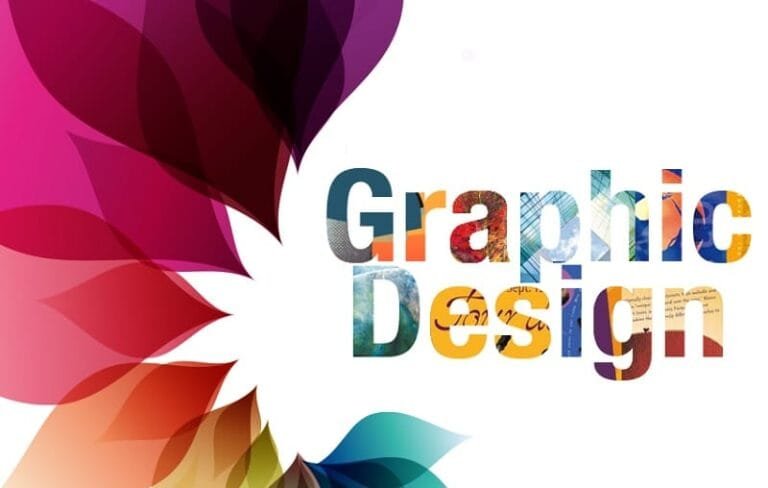🎨 Types of Graphic Design Explained: Discover the Top 8 🚀
🌟 Exploring the Wide World of Graphic Design
Graphic design is an incredibly diverse and expansive field. From simple logos to intricate motion graphics, the possibilities are endless. In fact, there are over 50 types of graphic design (yes, you read that right! 😱). While that number might sound overwhelming, don’t worry—we’ll only be focusing on the main and most popular types in this post. So, buckle up as we take you through the exciting world of graphic design! ✨
By the end of this post, you’ll have a solid understanding of the different types of graphic design and how they are used in real-world projects. Whether you’re a beginner or someone with some experience, we’ll break it down in a way that’s easy to digest.
And if you’re curious about the complete list of graphic design types, be sure to check out our full list here. 🙌
🚨 For the Beginners: If you’re new to graphic design, check out our Graphic Design for Beginners guide first! 🔥 It will give you all the foundational knowledge you need before diving into more specific types of design.
Table of Contents
🎯 The 8 Main Core Types of Graphic Design You Must Know 🚀
1. Visual Identity Graphic Design 👑
🧐 What Is Visual Identity Design?
When people talk about brand identity, they’re often referring to Visual Identity Design. But what does that really mean? 🤔
Simply put, Visual Identity Design is how a brand looks and feels. It’s the logo, the colors, the fonts, and every visual element that makes a brand instantly recognizable. Think of the brands like Nike, Disney & Coca-Cola —a simple logo, yet it speaks volumes. That’s visual identity done right. 🎯
🎨 Why Does Visual Identity Matter?
A strong visual identity isn’t just about looking good—it’s about being unforgettable. It creates an emotional connection, builds trust, and ensures people recognize your brand across social media, websites, and products.
Imagine scrolling through Instagram or twitter and spotting familiar colors or a bold logo. Instantly, you know who it is without seeing their name. That’s the power of a consistent visual identity. 🚀
🛠️ Core Elements of Visual Identity Design:
- Logo Design: The face of the brand. Simple yet powerful, a logo captures the essence of a company or product in one symbol.
- Typography & Color Palette: Carefully chosen fonts and colors that represent the brand’s voice and style.
- Brand Guidelines: The rules and standards for using the brand’s visual elements, ensuring consistency across all channels.
These elements aren’t random—they work together to tell a cohesive story.
💡 Ready to Dive Deeper?
Visual Identity Design isn’t just about making things look pretty—it’s about crafting a visual experience that sticks. If you’re curious about how to create your own standout brand identity, we’ve got you covered.
👉 Learn More About Visual Identity Design Here!
Make your brand not just seen, but remembered. 💥
2. Marketing and Advertising Design 📣
📣 What Is Marketing & Advertising Graphic Design?
When most people think of graphic design, they imagine bold billboards, engaging social media ads, or sleek flyers. And they’re not wrong—Marketing & Advertising Design is all about grabbing attention and driving action. 🚀
Whether it’s a catchy Instagram/Facebook post, a jaw-dropping poster, Truck {Vehicles} or an irresistible email campaign, the goal remains the same: capture interest, spark emotions, and motivate action.
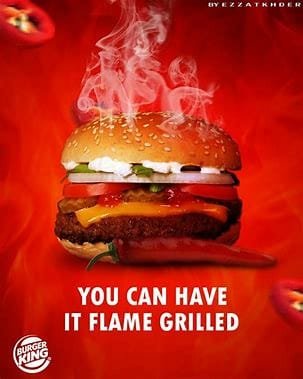
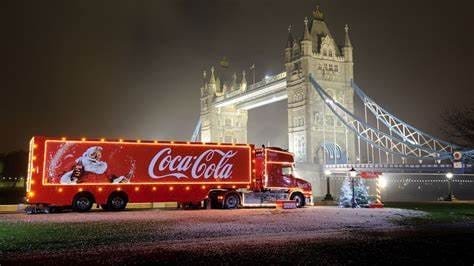
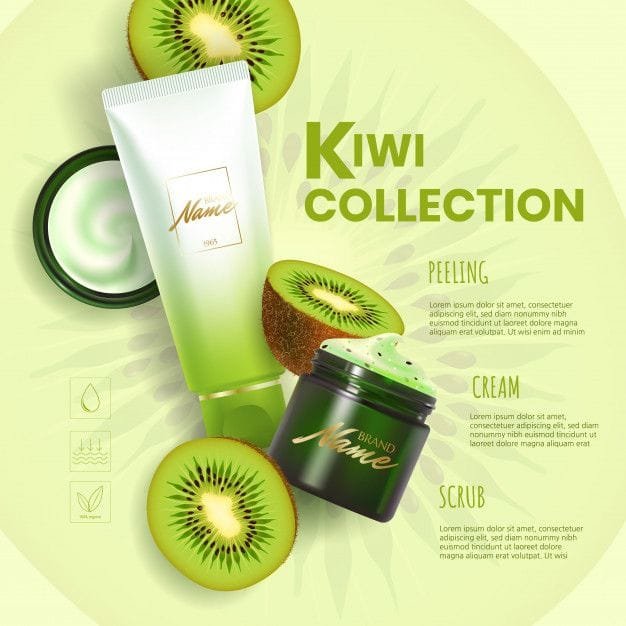
🎯 Why Is Marketing Design So Important?
Imagine scrolling through your feed, and a vibrant ad pops up. The colors, the message, the call-to-action—it all works together to stop your mid-scroll. That’s marketing design magic right there.
Good design isn’t just pretty; it’s strategic. It connects with audiences, tells a story, and ultimately, drives sales, clicks, or engagement.
Ever seen a poster that make you want to try something let say a food and it make you salivate or hungry.
🛠️ Key Elements of Marketing & Advertising Design:
- Social Media Graphics: Designed to stop the scroll and boost engagement.
- Print Collateral: Flyers, posters, and brochures that stand out.
- Email Campaigns: Designs that demand to be opened.
- Infographics: Data made beautiful and easy to understand.
From vehicle wraps to digital ads, marketing design is everywhere. Each asset plays a role in the bigger picture—connecting brands with their audiences.
💡 Want to Master Marketing Design?
Marketing and advertising design is a skill that combines creativity and strategy. If you’re curious about how to create campaigns that convert, you’ll love our step-by-step guide.
👉 Learn More About Marketing Design Here!
Start creating visuals that don’t just look good— but deliver results. 💥
3. User Interface (UI) Design 💻
💻 What Is User Interface (UI) Design?
Ever wondered why some apps or websites just “feel right” when you use them? That’s the magic of User Interface (UI) Design. 🖥️
UI design focuses on how digital products look and function visually. From buttons to menus and interactive sliders, every clickable or visible element is carefully designed to make the user experience seamless and intuitive.
While UX (User Experience) Design focuses on how things work, UI Design focuses on how they look and feel. Together, they ensure you’re not just using an app or a website—you’re enjoying it.
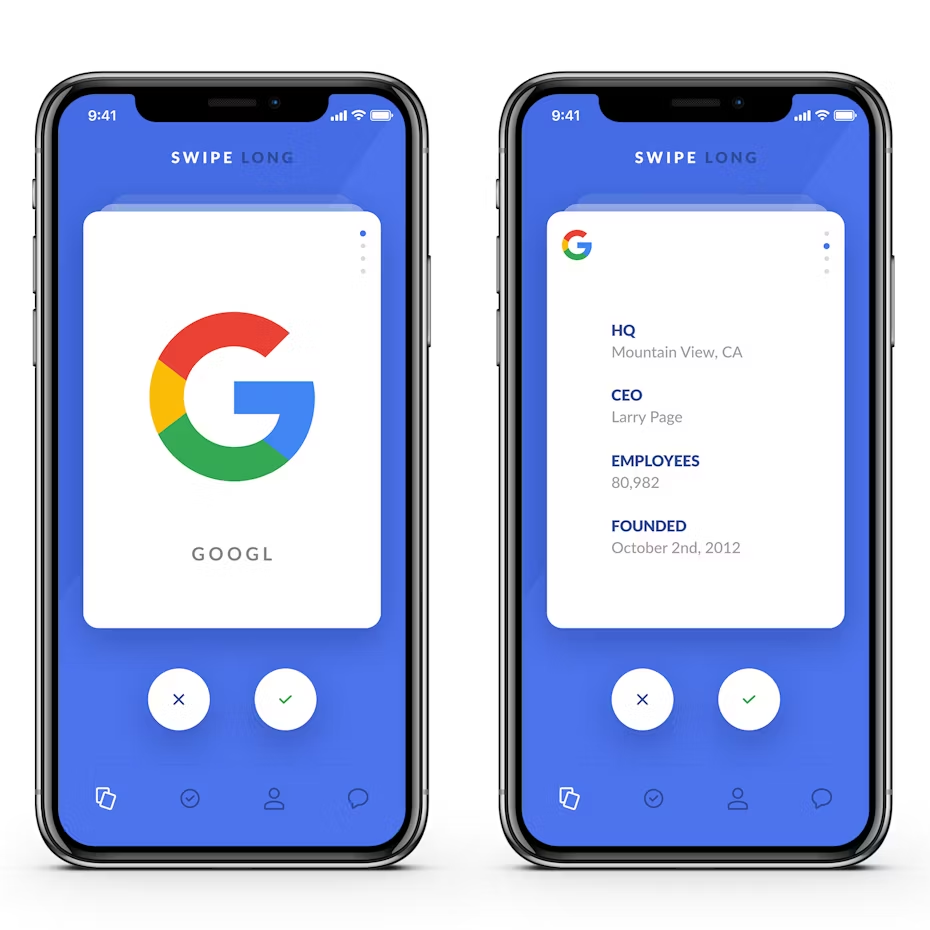
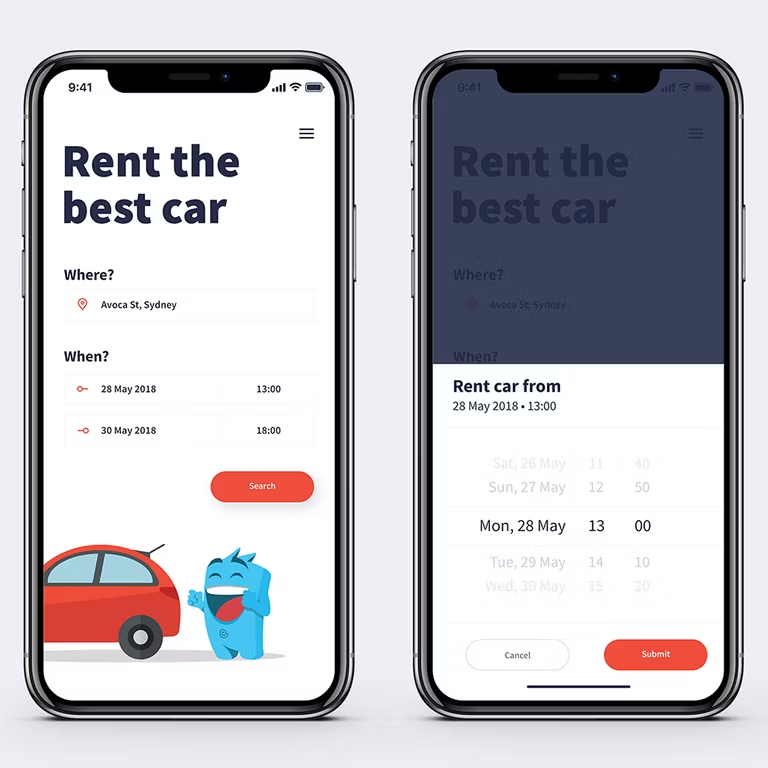
🎯 Why UI Design Matters
Think about your favorite mobile app. Chances are, it’s not just functional—it’s visually appealing and easy to navigate. That’s the power of good UI design.
- Clear Navigation: Helps users find what they need without confusion.
- Aesthetic Appeal: Makes digital spaces pleasant to interact with.
- Seamless Interaction: Smooth transitions between pages and actions.
Great UI design isn’t just about beauty—it’s about making every click effortless and every interaction satisfying.
🛠️ Key Elements of UI Design:
- App Interfaces: Mobile screens designed for clarity and ease of use.
- Website Layouts: Web pages built for smooth navigation.
- Interactive Elements: Buttons, sliders, and toggles that respond instantly.
Whether it’s a shopping app, a gaming interface, or a blog website, UI design shapes how users interact with the digital world.
💡 Want to Build Stunning User Interfaces?
UI design is both an art and a science. Ready to learn about the best tools and step-by-step techniques for crafting beautiful interfaces?
👉 Learn More About UI Design Here!
Make your designs not just functional—but unforgettable. 🚀
4. Publication Design 📚
📖 What Is Publication Design?
Whether it’s a bestselling book, a trendy magazine, or a corporate annual report, Publication Design ensures every page tells a story—not just with words but through layouts, fonts, and imagery. 📰
It’s more than just arranging text and pictures. It’s about creating an immersive reading experience that captures attention and guides the reader seamlessly through the content.
In today’s world, publication design isn’t limited to print—it has gone digital with eBooks, online magazines, and interactive PDFs.
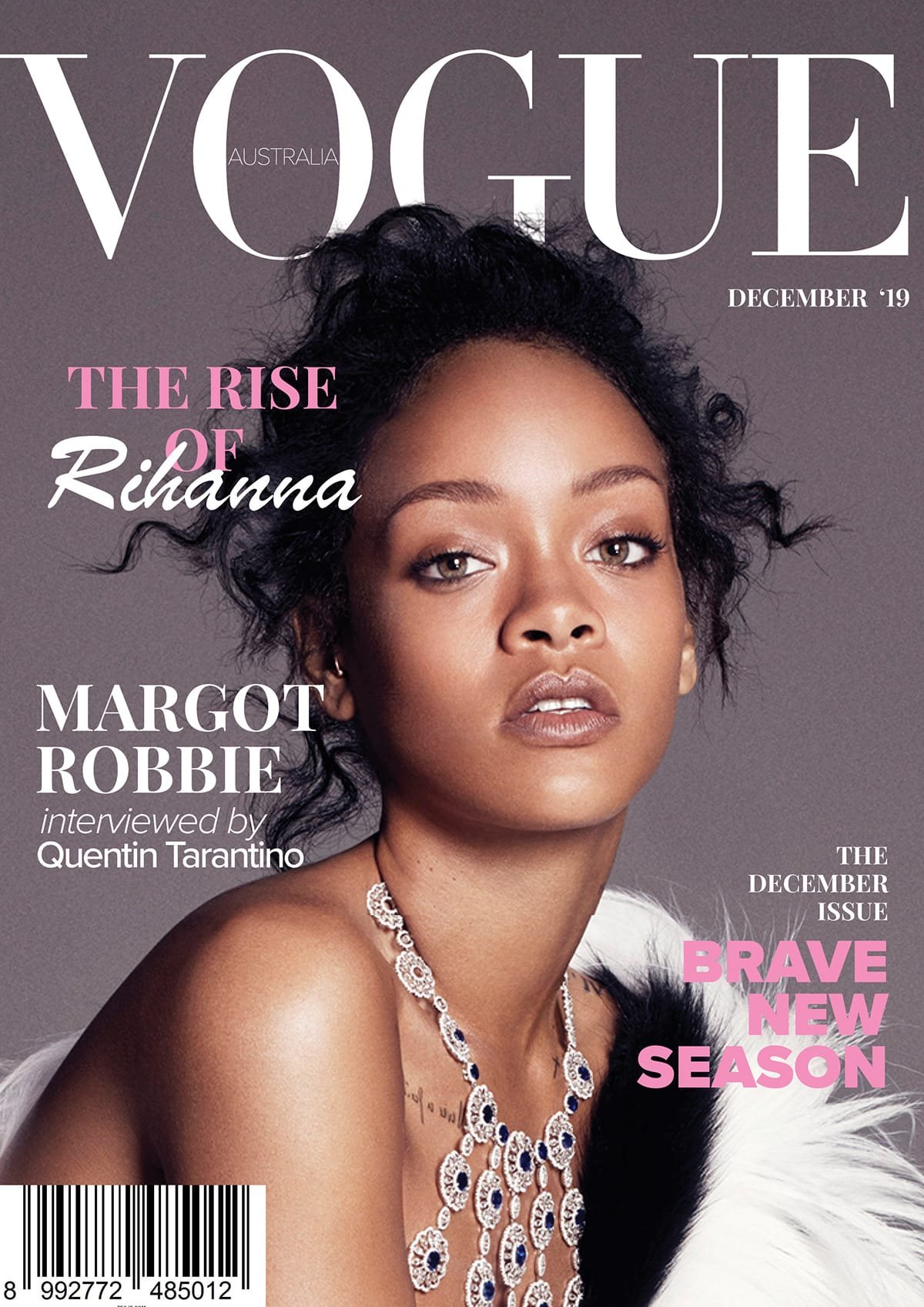
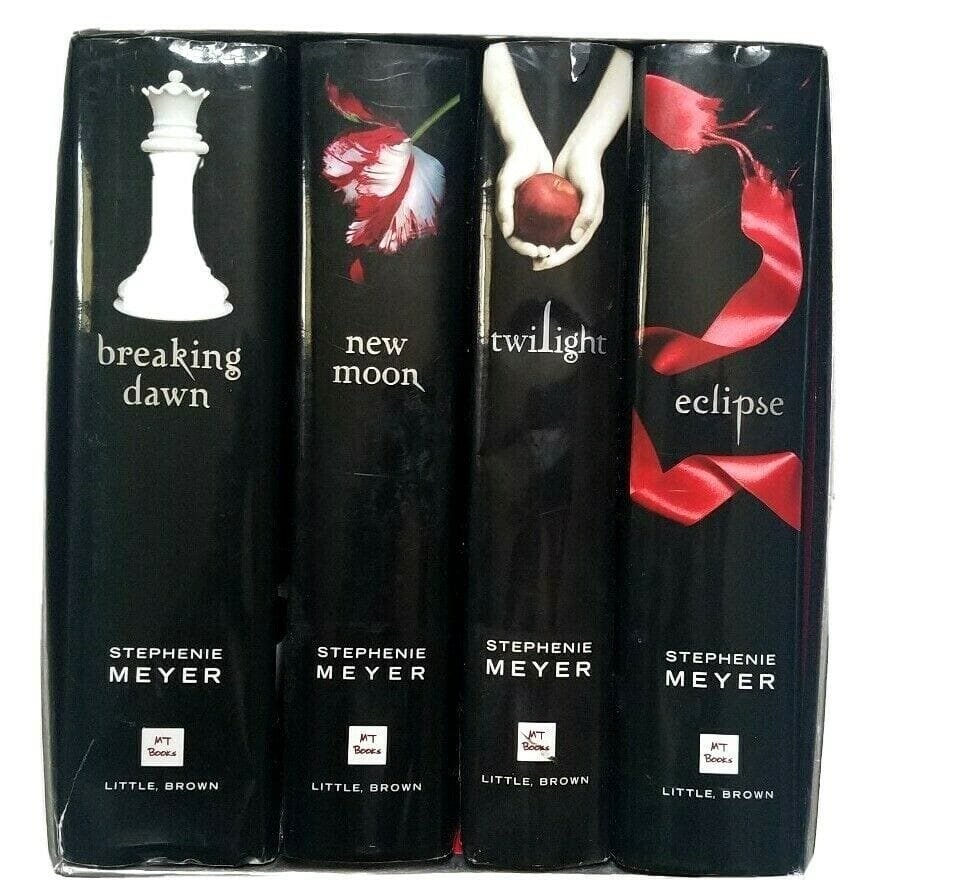
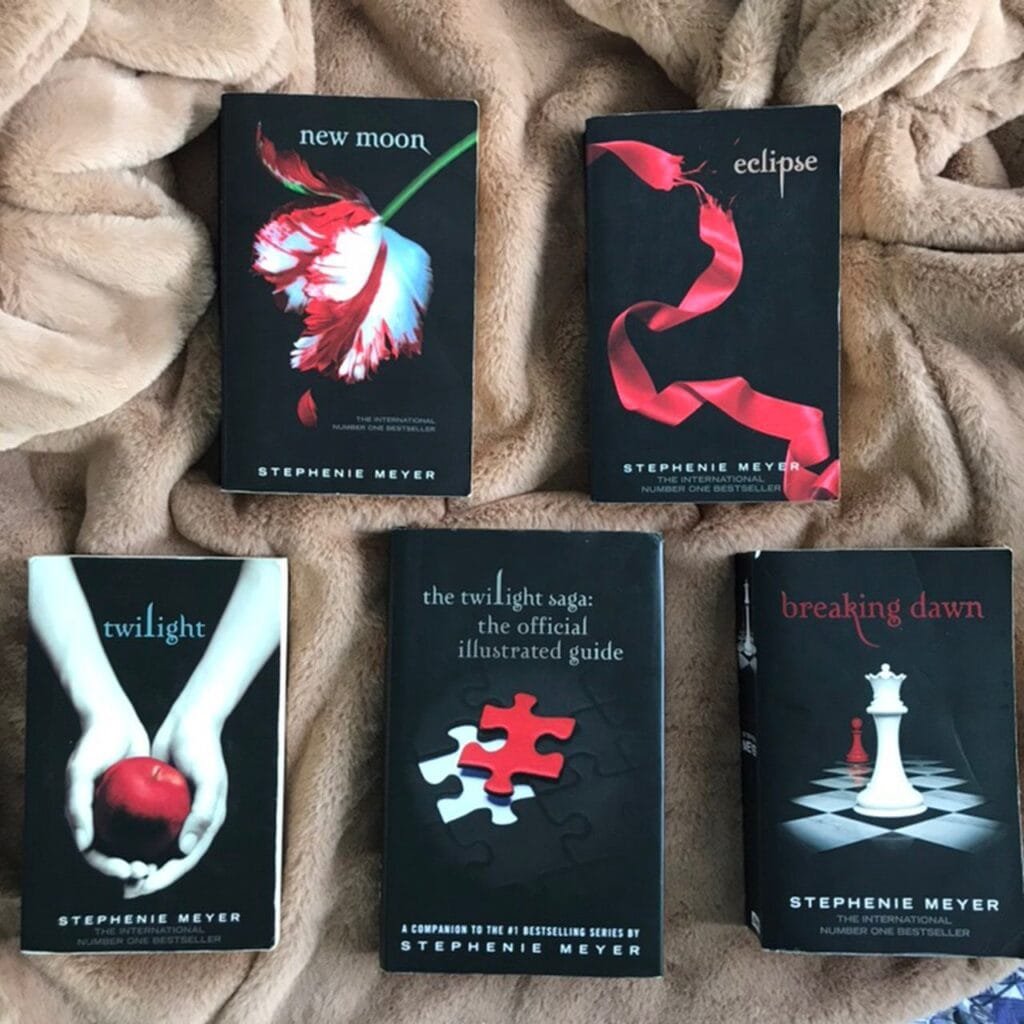
🎯 Why Publication Design Matters
Imagine picking up a magazine with scattered text, blurry images, and poor alignment—it’s not just unpleasant; it’s frustrating.
Good publication design ensures:
- Readability: Text flows naturally, and visuals complement the content.
- Aesthetic Appeal: Every page is polished and visually balanced.
- Information Clarity: Complex data becomes easy to digest through clever layouts.
🛠️ Key Elements of Publication Design:
- Book Layouts: Pages organized to keep readers turning effortlessly.
- Magazine Design: Visually striking covers and structured spreads.
- Digital Publications: eBooks and online magazines optimized for screen reading.
- Reports & Catalogs: Detailed data and product information presented with clarity.
From printed brochures to interactive PDFs, publication design bridges the gap between information and engagement.
💡 Want to Master Publication Design?
Whether you’re crafting an eBook, designing a corporate report, or building the perfect magazine layout, publication design is a skill worth mastering.
👉 Learn More About Publication Design Here!
Make your pages speak volumes—visually and textually. 📝
5. Packaging Design 📦
📦 What Is Packaging Design?
Packaging design is often the first interaction a customer has with a product. Whether it’s the sleek, high-end packaging of an Apple product or the refreshing design of a Coca-Cola bottle, packaging creates an unforgettable first impression. Good packaging isn’t just about protecting the product—it’s about telling a story and creating an experience.
In fact, packaging design is a powerful marketing tool. It needs to be visually striking while reflecting the brand’s identity. It’s the secret sauce that encourages consumers to choose your product over others on the shelf.
🎯 Why Packaging Design Matters
- First Impressions Count: Packaging is often the first thing customers notice when browsing in-store or online.
- Influences Purchases: An attractive package grabs attention and makes a product stand out from the competition.
- Reflects Brand Values: Packaging should speak to the brand’s values, from sustainability to luxury or innovation.
🛠️ Key Elements of Packaging Design:
- Product Packaging: The outer design that both protects the product and represents its essence.
- Label Design: The text and graphics on a product’s label, which provide key information and reinforce the brand.
- Retail Packaging: Packaging designed specifically for store shelves, making it visually appealing and easy to spot.
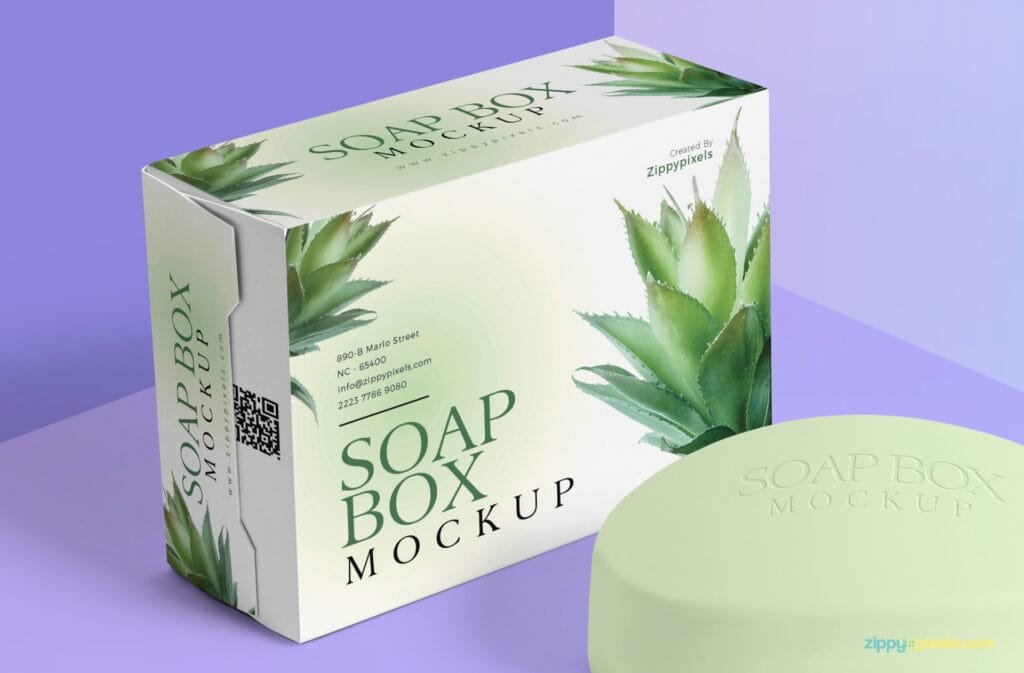
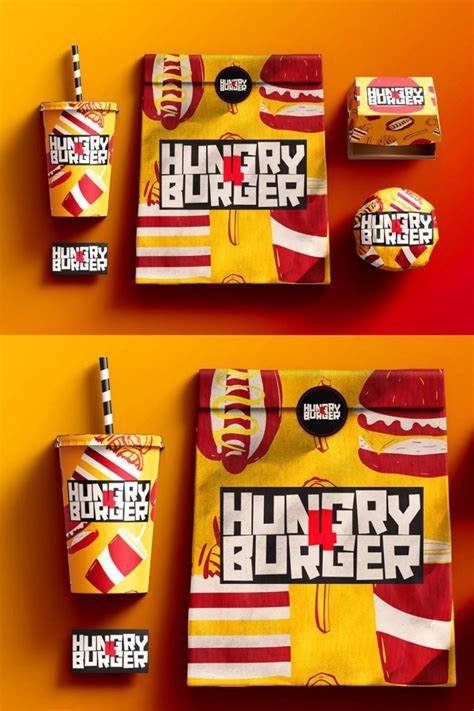
🌟 Examples of Great Packaging Design:
- Product Boxes: Sleek, minimalist designs that showcase the product.
- Labels: Bright and bold designs that tell the story of the brand.
- Cans and Bottles: Packaging that’s functional, stylish, and grabs attention.
🎁 Want to Learn How to Design Packaging That Sells?
Creating packaging that not only protects but also enhances the customer’s experience is an art. If you’re ready to learn the secrets behind creating packaging that pops, stay tuned for our upcoming post on packaging design!
👉 Learn More About Packaging Design Here!
6. Motion Graphic Design 🎥
🎥 What Is Motion Graphic Design?
Motion graphic design is the art of turning static visuals into captivating, moving masterpieces. Think of those animated explainer videos on YouTube or the eye-catching ads you see on Instagram—motion graphic design makes them come alive! 🎬
This design type involves animation, video editing, and visual effects to enhance storytelling, making complex ideas easier to grasp and keeping the audience hooked. It’s the magic that transforms a regular graphic into a dynamic experience.
🎯 Why Motion Graphic Design Matters
With video content becoming king across all platforms, motion graphic design is more important than ever. It’s used to:
- Grab Attention: Moving visuals catch the eye and spark curiosity.
- Explain Ideas: Short, animated videos break down complicated concepts.
- Engage the Viewer: Dynamic animations and transitions keep people watching.
🛠️ Key Elements of Motion Graphic Design:
- Animation: Visual elements come to life through movement and change.
- Explainer Videos: Short animations that simplify information and ideas.
- Video Editing Overlays: Adding animated text and graphics to videos for extra impact.
🚀 What You Can Create with Motion Graphics:
- Animated logos and advertisements
- Trailers and promotional videos
- Interactive website animations
- Video game graphics
- GIFs for fun or marketing
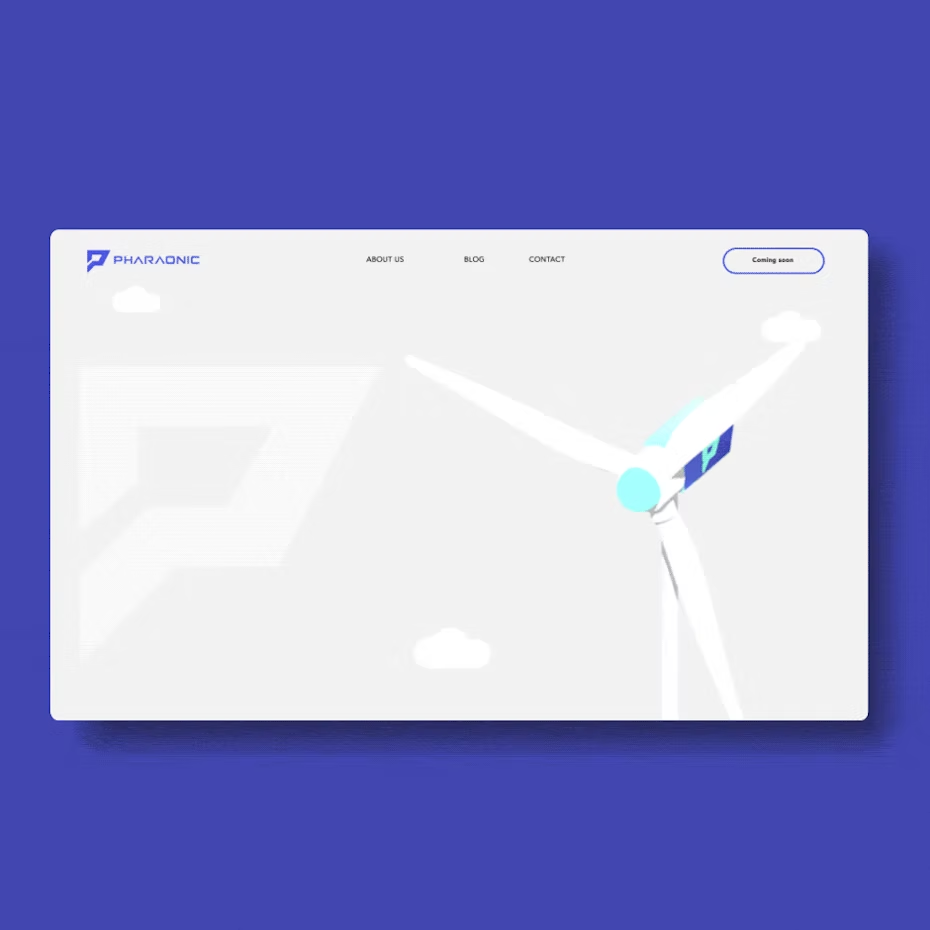
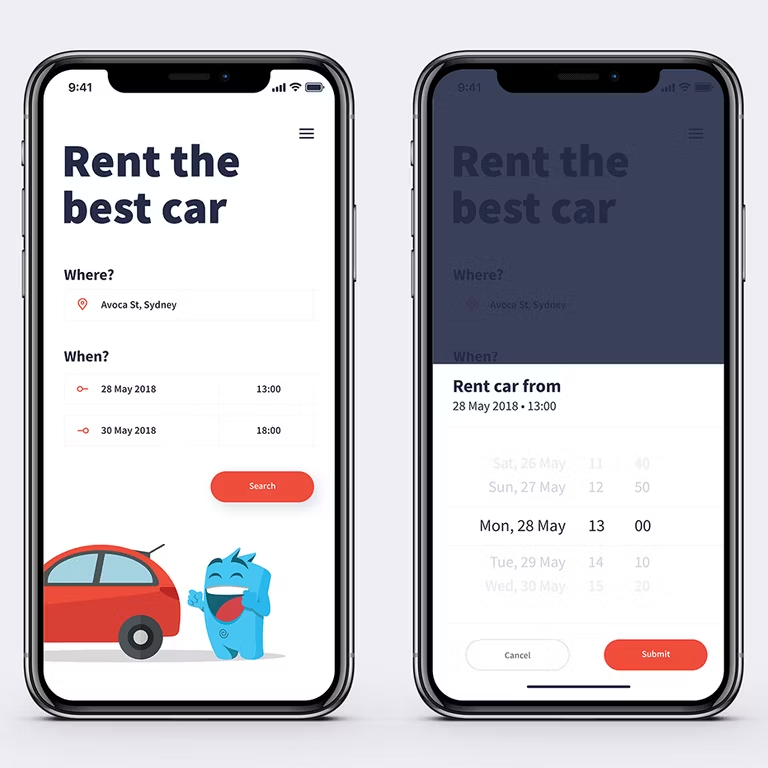
💡 Want to Dive Deeper into Motion Graphics?
Creating stunning motion graphics takes skill and creativity. If you’re curious about how to bring your designs to life with animation, stay tuned for our upcoming post! 🎥
👉 Learn More About Motion Graphics Design Here!
Let your visuals move your audience. 🎬
7. Environmental Graphic Design 🌍
🌍 What Is Environmental Graphic Design?
Environmental graphic design focuses on creating immersive visual experiences within physical spaces. From hotel lobbies and museums to office buildings and stadiums, this type of design blends architecture, interior design, and branding to transform spaces into meaningful experiences.
It’s not just about decoration—it’s about guiding, informing, and connecting people to their environment. Whether it’s clear wayfinding signage in an airport or bold branding murals in an office, environmental graphic design improves functionality while enhancing aesthetics.
🏙️ Why Environmental Graphic Design Matters
- Navigation Made Easy: Clear signage and wayfinding systems reduce confusion in large spaces.
- Brand Storytelling: Spaces can visually communicate a brand’s identity and values.
- Enhanced Experience: Well-designed environments make spaces more enjoyable and memorable.
🛠️ Key Elements of Environmental Graphic Design:
- Wayfinding Design: Signs, maps, and visual cues that help people navigate complex spaces with ease.
- Event Design: Stage backdrops, banners, and interactive displays for conferences or exhibitions.
- Retail & Office Graphics: Murals, wall art, and branded spaces that create a cohesive atmosphere.
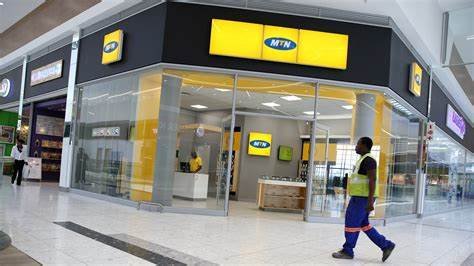
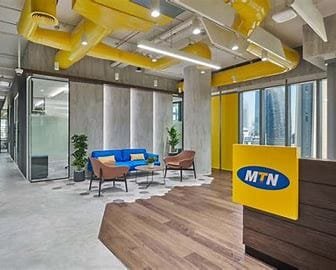
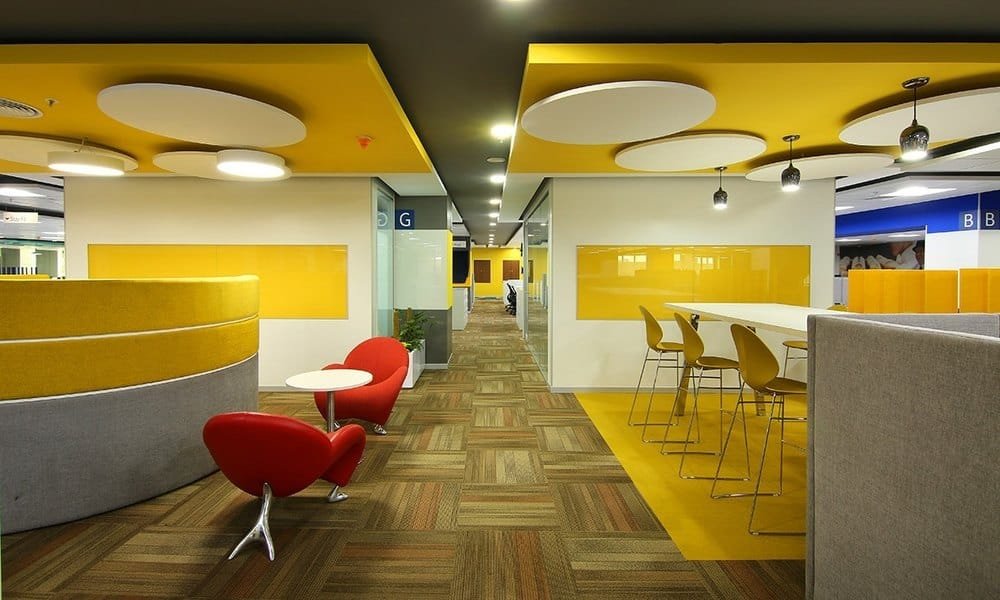
🌟 Examples of Environmental Graphic Design:
- Signage Systems: Airports, shopping malls, and public transportation.
- Wall Murals: Offices, cafes, and creative workspaces.
- Event Spaces: Conference booths, trade show displays, and branded installations.
🎯 Designing Spaces That Tell Stories
Environmental graphic design isn’t just about looks—it’s about purposeful design that guides, informs, and leaves a lasting impression. It combines creativity with practicality to make physical spaces more functional and visually appealing.
👉 [Learn More About Environmental Design Here!] (Insert Link) 🌍
8. Art and Illustration for Graphic Design 🎨
🎨 The Artistic Side of Graphic Design
Art and illustration bring a unique creative flair to graphic design, adding a personal and artistic touch to projects. Unlike traditional graphic design, which focuses on problem-solving and communication, art and illustration focus on storytelling, expression, and visual creativity.
Whether it’s a book cover, digital artwork, or a character design for a video game, these artistic elements elevate designs, making them distinctive and memorable.
🖌️ Why Art & Illustration Matter in Design
- Emotional Connection: Custom artwork creates a personal connection with the audience.
- Visual Appeal: Illustrations can add vibrancy and uniqueness to designs.
- Storytelling: Art tells stories in ways that words or photos alone cannot.

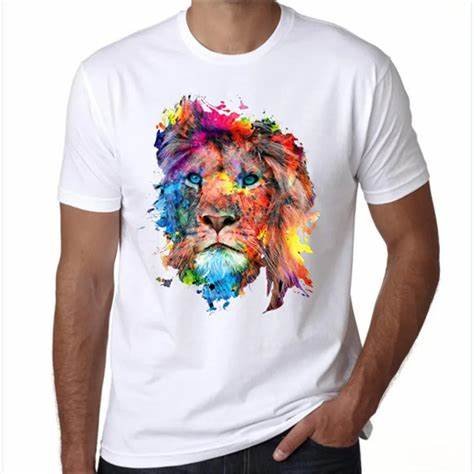
🛠️ Key Elements of Art & Illustration:
- Digital Illustration: Creating artwork using tools like Procreate, Adobe Illustrator, or Photoshop.
- Character Design: Designing memorable characters for games, movies, or animations.
- Concept Art: Visualizing creative ideas before they’re brought to life in films, games, or branding.
🌟 Examples of Art & Illustration in Graphic Design:
- T-shirt Design: Custom prints and patterns for apparel.
- Book Covers & Graphic Novels: Eye-catching designs that tell stories at first glance.
- Album Art: Unique visuals that represent an artist’s sound.
- Infographics: Creative visuals that simplify complex data.
- Video Game Design: Characters, environments, and concept art that bring digital worlds to life.
🎯 Blending Art with Design
Art and illustration bridge the gap between creativity and functionality, bringing a human touch to designs. They aren’t just visuals; they are powerful tools to evoke emotion, tell stories, and build deeper connections with audiences.
👉 Learn How to Create Stunning Illustrations Here!
🌟 Final Thoughts and Advice
With so many exciting and diverse types of graphic design, it can be tempting to try and master them all. However, it’s best to focus on one type of graphic design that excites you the most and aligns with your goals. Whether it’s UI/UX design, motion graphics, or branding design, specializing in one field will allow you to hone your skills and become an expert in that niche. 🎯
Here’s a tip:
Choose one area of design to specialize in, and once you’ve built up enough experience, you can always branch out into other types. Focusing on one will help you build a strong portfolio and make you more attractive to potential clients. 🚀
If you’re ready to take your design skills to the next level and start earning from them, platforms like Upwork and Fiverr are great places to showcase your work and get clients. 💼
👉 Sign up for Fiverr and start offering your services today
👉 Sign up for Upwork to find design gigs and build your freelance career
Whether you’re a beginner or an experienced designer, these platforms provide opportunities for designers of all skill levels to connect with clients and start working on exciting projects. 💡
So, what are you waiting for? Start building your graphic design empire today! 💥
